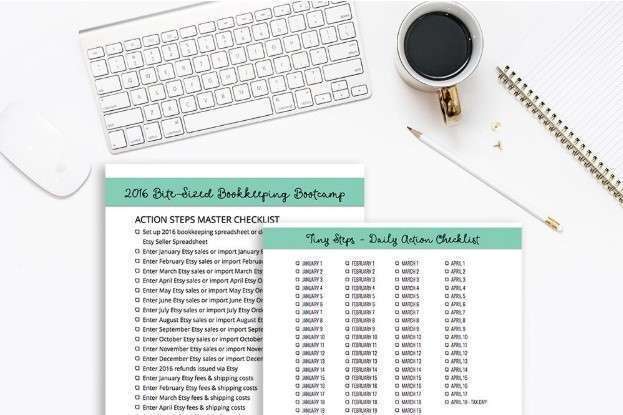
If the total debits equal the total credits, the trial balance is considered to be balanced, and there should be no mathematical errors in the ledgers. However, this does not mean that there are no errors in a company’s accounting system. For example, transactions classified improperly or those simply missing from the system still could be material accounting errors that would not be detected by the trial balance procedure. The trial balance holds significant importance in accounting; it serves as a preliminary check before the preparation of financial statements.

Purpose of Preparing a Trial Balance
- If the trial balance totals do not agree, you should try to find the error.
- It is also used to prepare adjusting entries for accrued and deferred items, ensuring financial statements reflect the business’s true financial position and performance.
- If it’s out of balance, something is wrong and the bookkeeper must go through each account to see what got posted or recorded incorrectly.
- In addition to error detection, the trial balance serves as a reference for preparing financial statements, including the income statement, balance sheet, and cash flow statement.
- Thus, understanding the limits of what a trial balance can achieve is as crucial as using it to check your ledgers.
Unadjusted trial balance is the list of the general ledgers for the specific period before making any adjustments. This structure could help both accountants and auditors who use TB to draft financial statements to easily identify which items are assets and which items are liabilities, and so on. Remember, assets and expenses accounts are reporting on the debit side of TB. And revenues, liabilities, and equities accounts are on the credit side Certified Bookkeeper of TB. Assets, representing the resources owned by a company, are listed first, usually in order of liquidity. Current assets like cash and accounts receivable precede non-current assets such as property, plant, and equipment.

Steps to Prepare a Trial Balance (ट्रायल बैलेंस तैयार करने की प्रक्रिया)
- For instance, accounts receivable and accounts payable often have detailed subsidiary ledgers that must align with the general ledger.
- And it makes sense, since we’ve been recording one debit and one credit for each and every transaction.
- The total debits and credits are then summed at the bottom of the report.
- It’s a crucial step in the accounting cycle, showcasing all ledger accounts and ensuring they are correctly adjusted for the preparation of financial statements.
- Otherwise, the general ledger and financial statements will be inaccurate.
- A trial balance is an internal report that lists the balances of all general ledger accounts at a specific point in time, ensuring that total debits equal total credits.
We can say that a trial balance not only provides evidence of the arithmetical accuracy of the ledger but that it also serves as a summary of all transactions made since the end of the previous accounting period. In a nutshell, a trial balance is an informal accounting statement, prepared with the help of ledger account balances. Alternatively, the parent company may require all of its subsidiaries to use the same accounting system, so that all subsidiary results can be automatically rolled up into consolidated financial statements. In this example, the total debits and credits both equal $20,500, which means the books are retained earnings balanced. Total debits and credits should both equal $5,000 in this hypothetical scenario to prove a balanced set of accounts.

Does a Business Have to Use a Trial Balance?
This post-closing trial balance contains the beginning balances for the next year’s accounting activities. Account titles in a trial balance are the names given to the various accounts that make up the ledger. They provide a description of the transactions recorded and are essential for categorizing financial data into meaningful and recognizable groups. Account titles include, but are not limited to, cash, accounts receivable, inventory, accounts payable, retained earnings, and sales revenue.
Adjusted trial balance
When the total debits and total credits are not equal, it is a clear indication that a mistake has been committed in the journalizing and/or posting process. It is mainly an internal report that is/was useful in a manual accounting system. If the trial balance did not “balance” it signaled an error somewhere between the journal and the trial balance. Often the cause of the difference was a miscalculation of an account balance, posting a debit amount as a credit (or vice trial balance definition in accounting versa), transposing digits within an amount when posting or preparing the trial balance, etc.
Purpose:
- Vaia is a globally recognized educational technology company, offering a holistic learning platform designed for students of all ages and educational levels.
- Keep in mind, this does not ensure that all journal entries were recorded accurately.
- The adjusted amounts make up the adjusted trial balance, and the adjusted amounts will be used in the organization’s financial statements.
- Accounting software like Xero can automate the process for you so you can avoid clerical mistakes and effortlessly produce regular trial balances.
- The accountant needs to make sure that the ledgers are correctly recorded according to the accounting equation so that the financial statements are mathematically correct.
A trial balance is less formal than other financial documents (like a balance sheet), so you can prepare one as often as you need to keep track of your business finances. Accounting software like Xero can automate the process for you so you can avoid clerical mistakes and effortlessly produce regular trial balances. The trial balance consists of a two-column statement of debit and credit balances derived from the ledger. The following trial balance example combines the debit and credit totals into the second column, so that the summary balance for the total is (and should be) zero. Adjusting entries are added in the next column, yielding an adjusted trial balance in the far right column. The adjusted version of a trial balance may combine the debit and credit columns into a single combined column, and add columns to show adjusting entries and a revised ending balance (as is the case in the following example).













